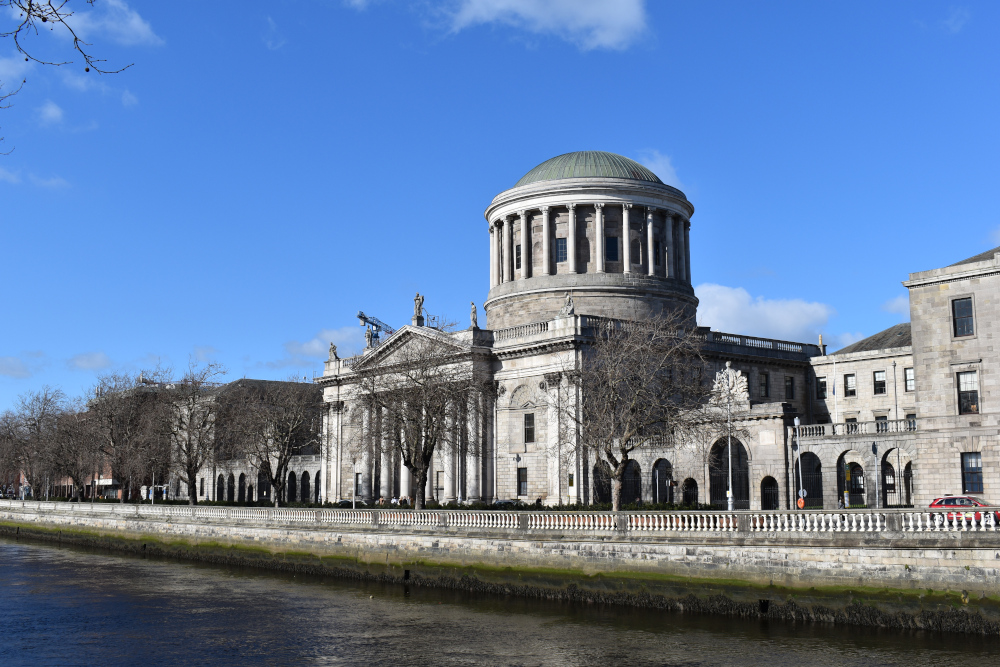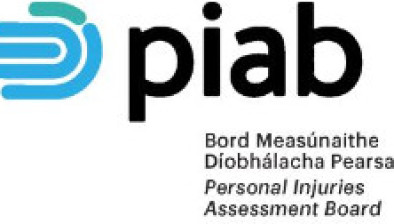High Court: No liability for widow’s ‘nervous shock’ arising from gradual decline of late husband in late diagnosis case

The High Court has determined that St James’s Hospital has no liability for a widow’s psychiatric injury which arose from witnessing her late husband’s declining health from terminal lung cancer, where his diagnosis was initially missed by the hospital’s radiologist.

About this case:
- Citation:[2024] IEHC 420
- Judgment:
- Court:High Court
- Judge:Ms Justice Emily Egan
Delivering judgment for the High Court, Ms Justice Emily Egan determined that “even if Kelly v. Hennessy did not set out a comprehensive code, this would not avail the plaintiff. Duty of care would still have to be established on the Glencar test. Outside the realm of nervous shock, many of the specialised proximity considerations discussed at para. 126 would not apply and sufficient proximity of relationship would be commensurately more difficult to establish. In any event, even if such proximity were established, the plaintiff’s case would still fall at the next hurdle: the duty of care contended for is not one which it is reasonable to impose.”
Declan Doyle SC, Alan Keating SC and Alannah McGurk BL appeared for the plaintiff instructed by Michael Boylan LLP, and Eoin McCullough SC and Rory White BL appeared for the defendant instructed by the State Claims Agency.
Background
The plaintiff claimed that she suffered from an adjustment disorder, a recognisable psychiatric illness, from witnessing the sudden deterioration of her husband’s health from terminal lung cancer which had initially been missed due to the negligence of a radiologist, leading to his late diagnosis and subsequent death.
The High Court
Ms Justice Egan firstly considered the principles in Kelly v Hennessy [1995] 3 IR 253:
- “A plaintiff must establish that they suffered a recognisable psychiatric illness.
- “A plaintiff must establish that their recognisable psychiatric illness was shock-induced.
- “A plaintiff must prove that the nervous shock was caused by the defendant’s act or omission.
- “The nervous shock sustained by a plaintiff must be by reason of actual or apprehended physical injury to the plaintiff or a person other than the plaintiff.
- “A plaintiff must show that the defendant owed them a duty of care not to cause them a reasonably foreseeable injury in the form of nervous shock.”
The court recognised that the case before it was the “first medical negligence nervous shock case in which liability — specifically the fulfilment of several of the Kelly v Hennessy criteria — has been in dispute”.
Ms Justice Egan also considered Morrissey v HSE [2019] IEHC 268, in which the High Court determined that the negligent misreporting of a woman’s cervical smear did not give rise to recoverable nervous shock on the part of her husband, and Mitchell v HSE [2023] IEHC 394 which arrived at a similar conclusion.
Finding it inappropriate to adjudicate upon the fifth criterion of Kelly v Hennessy as this issue did not squarely arise in the case before her, the judge commented: “In light of the importance of this question, there is merit in setting the issues out clearly to identify the likely contours of future debate. However, a court should not decide a question of broad import unless necessary to resolve the case at hand.”
Application of Kelly v Hennessy
Agreeing that the plaintiff suffered a recognisable psychiatric illness such as to satisfy the first criterion of Kelly v Hennessy, the court proceeded to consider criteria 2.
Having traversed the wide body of case law concerning the nature of a “shock induced” psychiatric injury, Ms Justice Egan opined that it was necessary to “consider not just what event precipitated or caused the plaintiff’s psychiatric illness but also whether the manner in which the illness developed is such as to establish liability”, noting that a “sudden calamitous or horrifying event in the nature of an accident” was required.
The court concluded that there was no “shocking event”, noting that “the long sequence of worry and stress described above was extremely difficult for the plaintiff and culminated in the realisation that she must take her husband to hospital thus tipping her into an anxiety state. However, this aetiology is not such as to permit recovery for nervous shock. Rather, the circumstances presented are the very essence of the scenario outlined by Brennan J. in Jaensch v. Coffey. The circumstances suggest a gradual wearing down of the plaintiff’s nerves by caring for and worrying about her husband accompanied by mounting distress and strain at witnessing his deterioration.”
Turning to criterion 3, the judge considered that the plaintiff was required, in line with Quinn v Midwestern Health Board [2005] 4 IR 1, to establish that “but for” the breach of duty, she would not have suffered the psychiatric illness.
Finding that the plaintiff’s experts’ reports were insufficient to establish on the balance of probabilities that with earlier diagnosis, treatment and support the deceased’s symptoms would not have deteriorated as they did, Ms Justice Egan also considered that the evidence supported that the plaintiff would have suffered an adjustment disorder no matter when or how her husband’s symptoms had presented, and regardless of whether or not she was prepared to experience that frightening event.
Accordingly, the court found that criterion 3 was not established.
With no issue being raised as to the plaintiff’s compliance with criterion 4, the court moved to consider the issue of whether a duty of care was owed to the plaintiff in the circumstances.
Ms Justice Egan considered inter alia the four-stage test to establish a duty of care in Glencar Explorations Plc v Mayo County Council No. 2 [2002] 1 IR 84 of (1) reasonable foreseeability, (2) proximity of relationship, (3) the absence of countervailing public policy considerations, and (4) the fairness, justice and reasonableness of imposing a duty of care.
Noting that it was sufficient for the purposes of reasonable foreseeability that the defendant could have foreseen that their conduct might cause a recognisable psychiatric illness, the judge also recognised that the issue of proximity in required greater analysis in the case of bystanders such as the plaintiff, who were not directly imperilled by the event complained of.
Highlighting that the Irish authorities provide no guidance as to proximity in nervous shock cases in the medical negligence context, the court expressed that it was in any event not satisfied that the defendant owed a duty of care to the plaintiff by applying Glencar.
The High Court also embarked upon a consideration of whether proximity bears a special meaning in nervous shock cases where the plaintiff is a bystander who sustained no actual or apprehended injury as a result of the defendant’s negligence.
The judge found that the necessary proximity could not be established by the “assumption of responsibility approach” contended for by the defendant in the case before her, as despite the deceased’s consultant clearly having the plaintiff in mind inter alia when he made an open disclosure to her in respect of her late husband’s misdiagnosis, “this does not imply that a separate duty of care owed by the consultant to the plaintiff had arisen…”
Ms Justice Egan highlighted that a duty of care to non-patients might arise inter alia in cases of infectious disease or where a doctor acquires knowledge of ongoing child abuse by patients but found that those examples provided no basis for a general duty of care to relatives.
The judge also determined that her finding that a duty of care was not established “would not be altered by the application of specialised proximity considerations” such as “relational, spatial and temporal proximity” or the “confluence of proximities”.
The court further pointed out: “A general requirement that a doctor consider the health of parties other than the patient is likely to give rise to unexpected consequences and to wide and uncontrolled liability. There might even be a conflict between the doctor’s duty to the patient and that allegedly owing to the relative…”
Ms Justice Egan considered the plaintiff’s contention that she suffered harm due to witnessing the deceased’s decline in an unprepared manner, noting: “This is not a risk which doctors ought to have in their reasonable contemplation when directing their mind to the medical care of their patients.” The court concluded: “This is hard to describe as anything other than a remote consequence of the defendant’s negligent misdiagnosis of the deceased’s cancer.”
Conclusion
Accordingly, the High Court found that the plaintiff’s claim failed on criteria 2, 3 and 5 of Kelly v Hennessy and refused to find in her favour.










